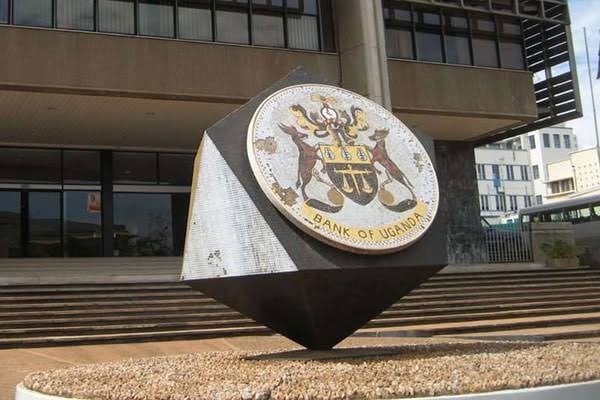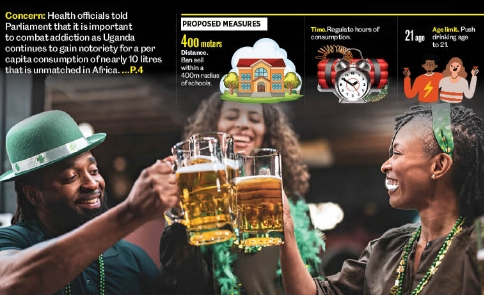BoU projected to hold policy rate at 9.50%

What you need to know:
- While the shilling has since stabilised, a narrowing interest rate differential with major markets could impact capital inflows, which in recent years have been a major source of support for the shilling.
Bank of Uganda (BoU) will hold its policy rate at 9.50 percent at its next meeting in April, Fitch Solutions has projected.
The projections come at a time when BoU monetary policy committee held the policy rate at 9.50 percent for the third time on the bounce. During that time, inflation has picked up from 2.4 percent in October 2023 to 2.8 percent in January 2024 and 3.4 percent in February 2024. This was largely driven by statistical base effects and the lagged impact of exchange rate depreciation on import costs and services inflation.
“Over the coming months, we expect price growth to accelerate further, although we do not expect inflation to breach the BoU’s 5.0 percent medium-term target,” the projection shows.
Per the projections, seasonal factors—including the April-May agricultural lean period—will see food inflation rise, while increased global shipping costs related to Houthi attacks in the Red Sea will exert upside pressure on import prices in the near term.
“Since August 2023, the shilling has lost 5.8 percent of its value against the US dollar following decisions by the World Bank and the US government to curtail economic relations with the country after the passage of the Anti-Homosexuality Act in May 2023,” Fitch Solutions notes.
While the shilling has since stabilised, a narrowing interest rate differential with major markets could impact capital inflows, which in recent years have been a major source of support for the shilling. Consequently, Fitch Solutions expects Ugandan policymakers to “refrain from cutting the policy rate until key developed markets, most notably the US, commence monetary easing cycles.”
Fitch Solutions also expects BoU, in the half quarter of 2024, “to recommence monetary easing, cutting the policy rate by a cumulative 100 basis points (bps) to 8.50 percent by year-end.”



